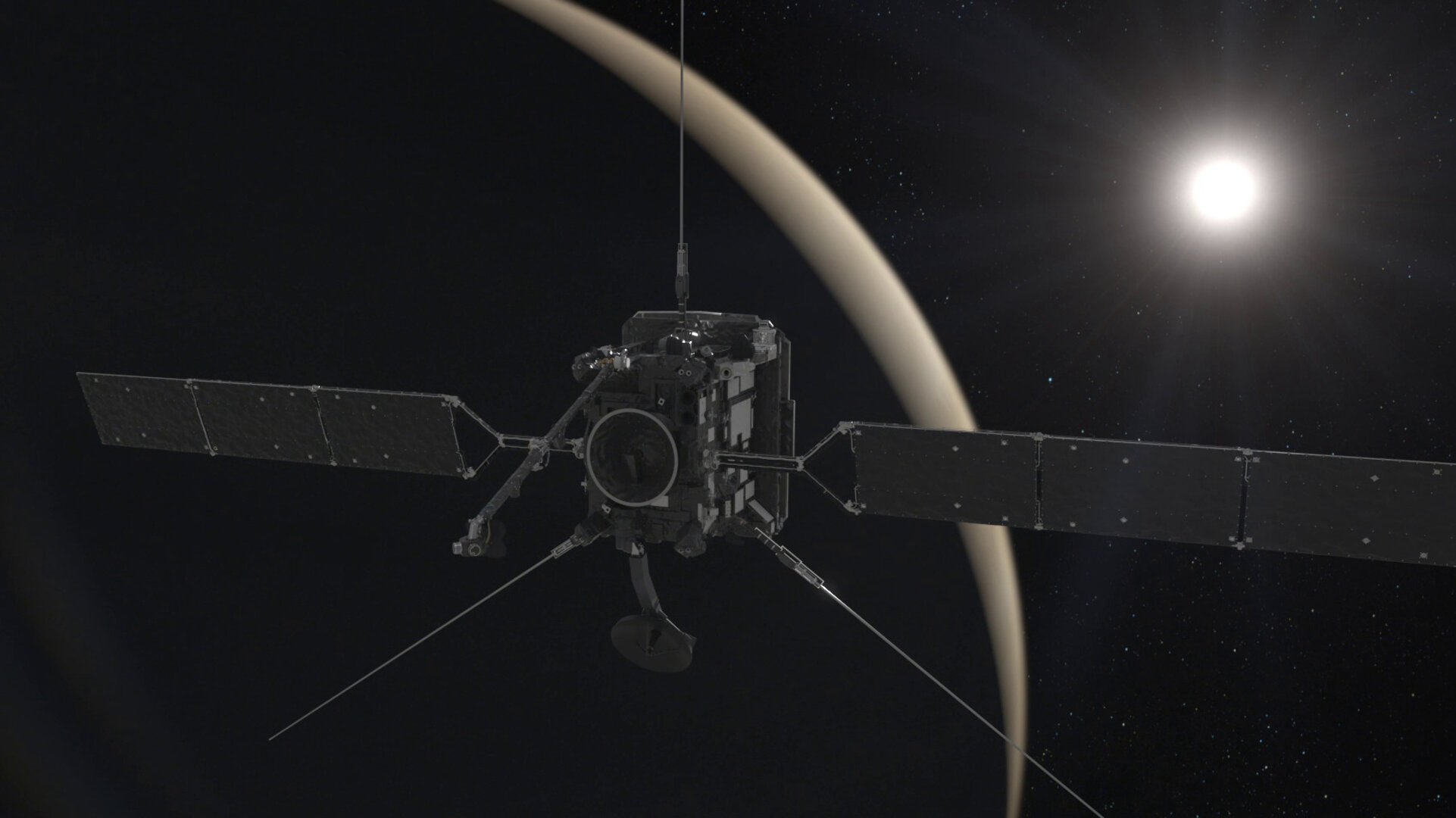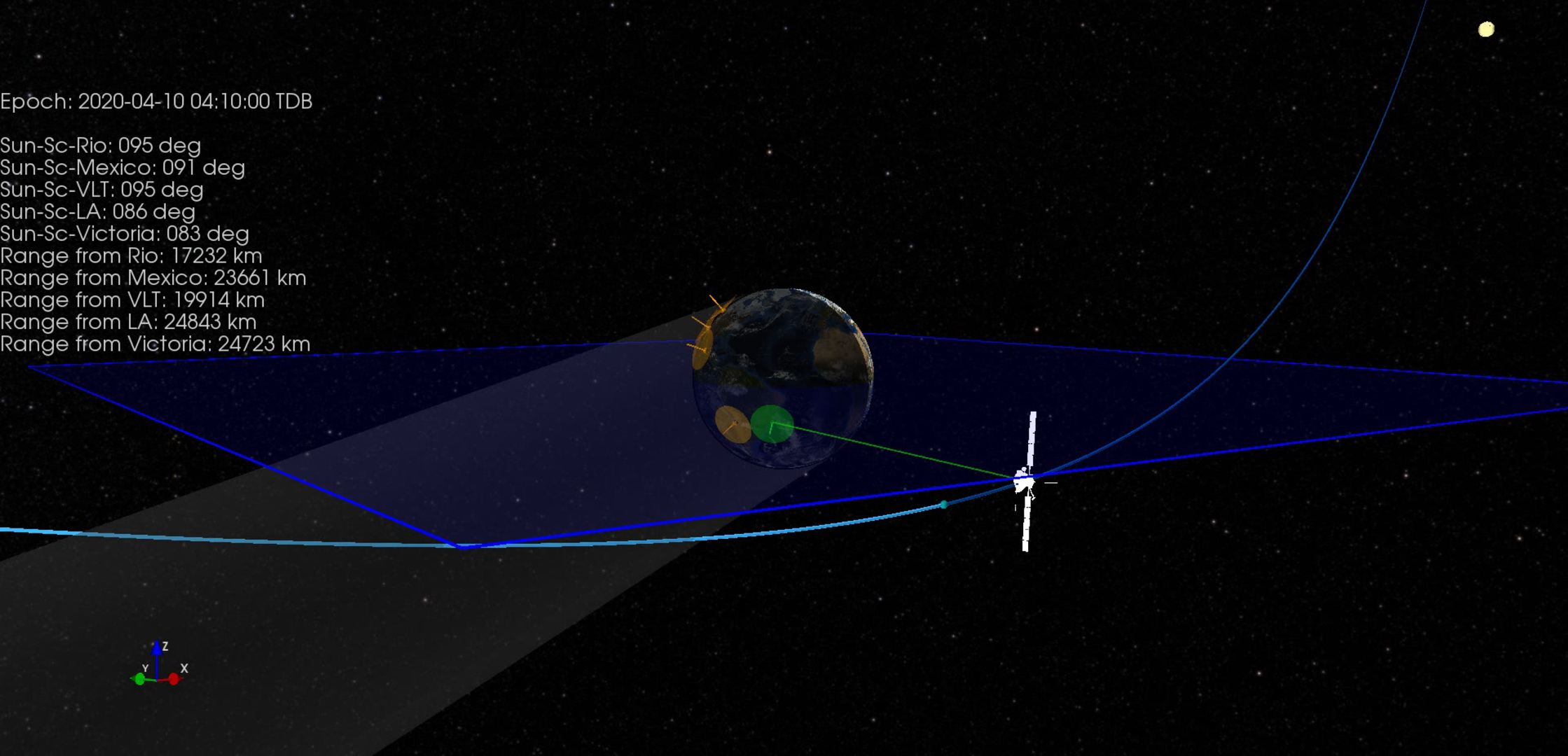
The spacecraft will come within 31 million miles of our star, taking images and. Coronal mass ejection hits Solar Orbiter before Venus flyby. The Solar Orbiter mission will make its closest flyby of the sun Saturday since launching in February 2020. So these data are the first part of the puzzle that we’re going to be putting together over the next few months – and years,” Dr David Williams, one of the three instrument operations scientists for Solar Orbiter, told IFLScience. In the early hours of Sunday, 4 September, ESAs SolarOrbiter flew by Venus for a. “Seeing these data come in is wonderful because Solar Orbiter is all about relating the experience of being out there in the wild solar system to the places on the Sun that drive all its “weather”. Each instrument will be tested in turn until the end of April, and the team hope to begin gathering data in May. The spacecraft emerged from the solar flyby healthy and operating normally. The mission has four instruments collecting the data “in-situ” and six remote-sensing instruments that will image the surface of the Sun.

The instrument will have to be calibrated before the true science collecting can begin. 21, 2021, the suns powerful gravity accelerated the probe to a top speed of 101 miles (163 kilometers) per second, which translates to an astonishing 364,621.

The MAG has two sensors, one near the end of the boom and one closer to the spacecraft. That’s why our sensors are on a boom, to keep them away from all the electrical activity inside the spacecraft.” The data and schematic from MAG on Solar orbiter. After the launch of STEREO twin spacecraft, and most recently of Solar Orbiter and Parker Solar Probe spacecraft, the next mission that will explore Sun-Earth. 50K likes, 296 comments - ESA - European Space Agency (europeanspaceagency) on Instagram: Wave hello to Solar Orbiter Earth (middle), Venus (left). The mission will use six gravity assist maneuvers: one Earth flyby (26 Nov. Flying past the Earth with a closest approach of only 460 km, Solar Orbiter will lose enough energy to place on course for a close pass of the Sun in March 2022. “Even currents in electrical wires make magnetic fields far larger than what we need to measure. Europa Clipper is a robotic solar-powered spacecraft built to conduct the first detailed investigations of Jupiters icy moon Europa. The European Space Agency (ESA) Solar Orbiter mission will study the Sun from. Solar Orbiter returns to Earth on 27 November for the first and last time since its launch in 2020. “We measure magnetic fields thousands of times smaller than those we are familiar with on Earth,” Tim Horbury of Imperial College London, principal investigator for the Magnetometer instrument (MAG), said in a statement. To do so, it has to measure the emissions from the spacecraft first.

Solar Orbiter will be used to study the flow of the solar wind, the stream of electrically charged particles coming from the Sun and its magnetic property.


 0 kommentar(er)
0 kommentar(er)
